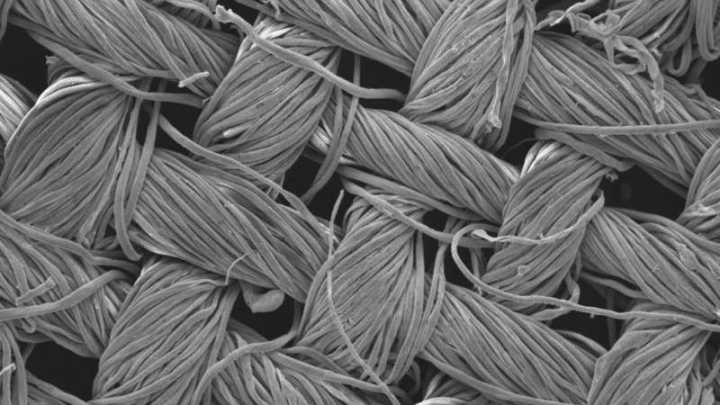
To achieve this effect, the nanostructures used by the RMIT University team are made copper and silver. These metals are great at absorbing visible light, and when they’re exposed to light from the sun or even a light bulb, the nanostructures react with increased energy that creates “hot electrons”.

Hot electrons have to expend their excess energy somehow, and in this case they do so with a rapid burst that lets the nanostructures degrade organic molecules. Once a light source is introduced, the nanostructures take less than six minutes to break down organic matter — in effect cleaning themselves completely.
It might sound a bit far-fetched and conceptual, but believe it or not, the team has already developed a method for growing these nanostructures directly onto textiles in order to fuse them permanently into a single material. After dipping the textiles into liquid solutions, the team observed full nanostructure development in less than 30 minutes.
With a few more improvements, the researchers believe they’ll soon be able to produce these nano-textiles on an industrial level. “Our next step will be to test our nano-enhanced textiles with organic compounds that could be more relevant to consumers, to see how quickly they can handle common stains like tomato sauce or wine,” said Dr. Rajesh Ramanathan, a researcher on the RMIT team.
Most people don’t think about cleaning clothes as a process of breaking down organic matter on a molecular level, but this new textile solution could bring efficiency and sustainability to the dreaded laundry day, and even encourage people to get outside more often.


